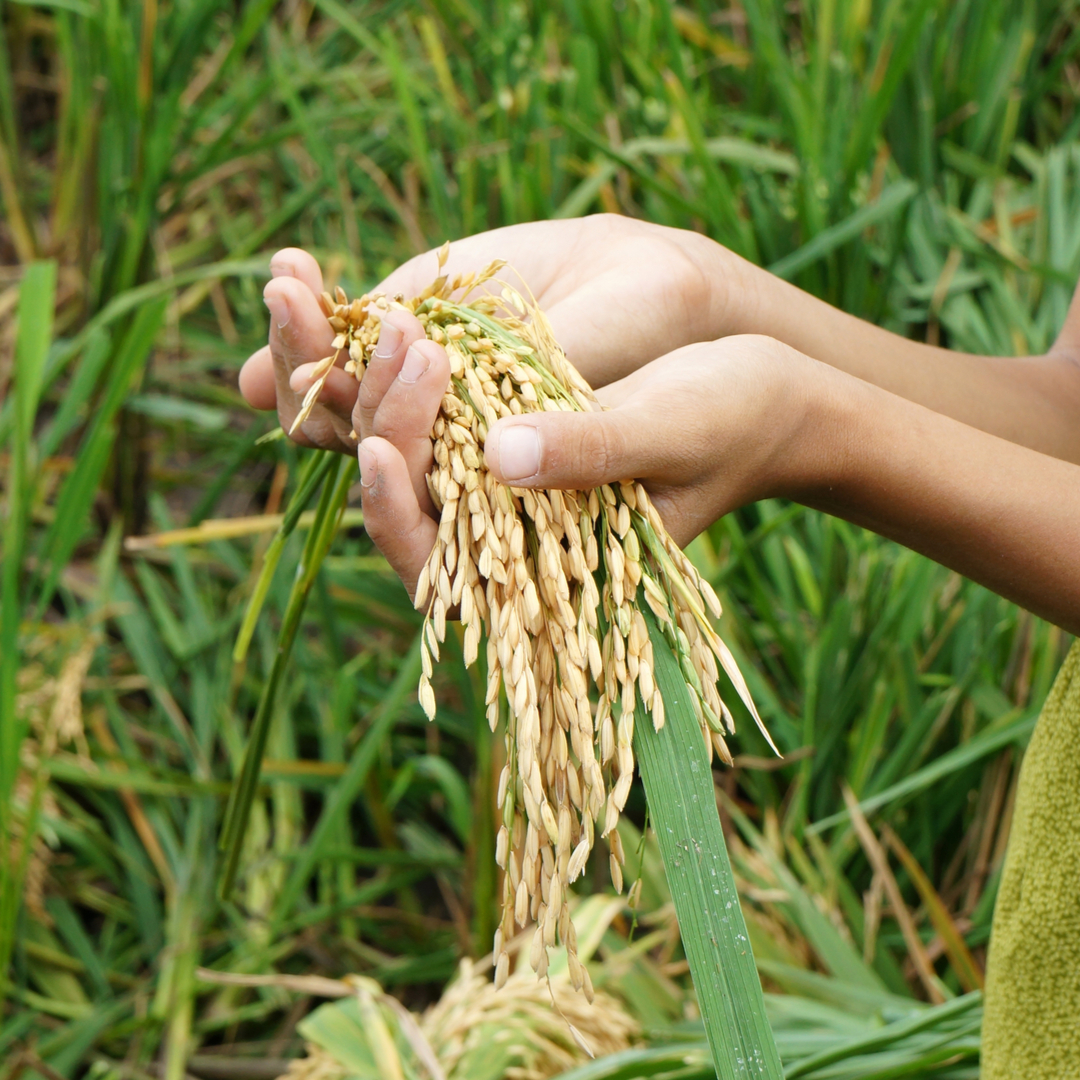Enhancing Food Quality And Nutrition In Agriculture
Farming plays a vital role in ensuring food security in agriculture. With the advancements in technology, farmers now have access to various tools and techniques that enhance productivity and efficiency. In this post, we will explore how technology is revolutionizing the agricultural sector, ultimately leading to improved food security.

One of the significant advantages of technology in agriculture is the ability to optimize irrigation systems. Traditional farming methods often rely on guesswork or manual labor to water crops. However, with the advent of smart irrigation systems, farmers can now precisely control the amount and timing of water required by their crops. This not only conserves water but also ensures that crops receive the optimal amount of moisture for healthy growth.
Technology has also revolutionized the way farmers monitor their crops. By utilizing sensors and drones, farmers can obtain real-time data on soil conditions, crop health, and pest infestations. This data allows farmers to identify any potential issues and take immediate action, preventing crop damage and increasing yields.
Additionally, technology has led to the development of precision agriculture techniques. With the help of GPS and mapping technologies, farmers can accurately apply fertilizers, pesticides, and other inputs only where necessary. This not only reduces wastage but also minimizes the environmental impact of farming practices.
Furthermore, technology has enabled farmers to access valuable information and resources online. Through agricultural apps and websites, farmers can stay updated with the latest farming practices, weather forecasts, market prices, and other relevant information. This access to information empowers farmers to make informed decisions, which ultimately leads to increased productivity and profitability.
What is particularly impressive about technology in agriculture is the ability to automate various farming processes. Robotics and artificial intelligence have made significant advancements in recent years, allowing tasks such as planting, harvesting, and even sorting and packaging to be done autonomously. This not only reduces the labor burden on farmers but also ensures greater efficiency and accuracy in these processes.
Ideas For incorporating technology into agriculture are abundant. For instance, vertical farming is a promising concept where crops are grown in vertical stacks, utilizing minimal space and resources. By incorporating hydroponics, LED lighting, and automated irrigation systems, vertical farming maximizes crop production and minimizes the environmental footprint.
Another idea is the use of blockchain technology in the agricultural supply chain. By leveraging blockchain, farmers can easily track and trace their produce from farm to fork, ensuring transparency and minimizing the risk of fraud or contamination. This enhances consumer confidence and strengthens the overall food security system.
Recommendations For policymakers and stakeholders in the agricultural sector, there are several important considerations when it comes to harnessing technology for food security. Firstly, there is a need for infrastructure development, including widespread internet connectivity and access to electricity in rural areas. By ensuring basic infrastructure, farmers can fully utilize technology in their farming practices.
Secondly, there should be an emphasis on capacity building and training programs for farmers. Many small-scale farmers might not be familiar with the latest technologies or lack the necessary skills to utilize them effectively. By providing training and support, farmers can embrace technology and optimize its potential for enhanced food security.
Listicle of technologies that are revolutionizing the agricultural sector:
- Artificial Intelligence and Machine Learning
- Internet of Things (IoT)
- Remote Sensing and Satellite Imagery
- Robotics and Automation
- Drones
- Biotechnology and Genetic Engineering
- Big Data and Analytics
- Smart Farming Applications
- Blockchain
- Vertical Farming
Question & Answer section on technology and food security in agriculture:
- How does technology improve food security in agriculture?
- What are the challenges of adopting technology in agriculture?
- How can small-scale farmers benefit from technology?
- Are there any risks associated with relying too much on technology in agriculture?
- What are some of the future trends in agricultural technology?
Summary of the impact of technology on food security:
Technology has revolutionized the agricultural sector, bringing about significant improvements in food security. Through the use of smart irrigation, real-time monitoring, precision agriculture, and automation, farmers can optimize their farming practices, conserve resources, and prevent crop damage. Additionally, technology enables farmers to access valuable information online, empowering them to make informed decisions. Ideas such as vertical farming and blockchain technology further enhance food security by maximizing crop production and ensuring transparency in the supply chain. However, to fully harness the potential of technology, policymakers must focus on infrastructure development and capacity building for farmers. By addressing these challenges, technology can continue to play a crucial role in enhancing food security in agriculture.


Post a Comment for "Enhancing Food Quality And Nutrition In Agriculture"